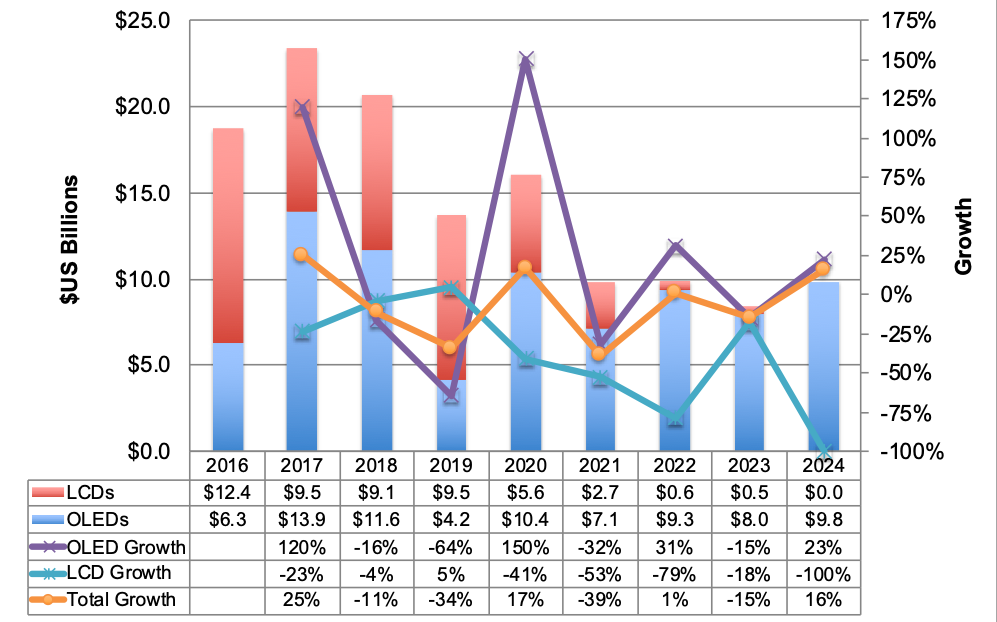Quote:
Originally Posted by Penton-Man

Subjectivity testing rules, just a couple of past examples noted on this forum, plus there are plenty more –
|
Objective data provides the foundation for many scientific standard/ advancements. D65 white point, Rec709/ Rec2020 coordinates, PQ curve, in fact anything related to colour science and standards should have objective measurements to back them up. We don't eyeball broadcast monitors and trust that they are accurate, we measure and calibrate them. We don't write subjective TV reviews full of flowery phrases; we measure, we test, we calibrate. Subjective impressions are important, but not without objective/ unbiased data as anchor.
To dismiss objective data and uphold subjective testing above all else is choosing to believe what you want to believe. It's cherry-picking.
Quote:
|
As I mentioned previously somewhere back in this thread is that Geoff’s methodology is more accurate than yours/Boris in that Geoff is showing the direct visual effect of the actual imagery rather than some indirect methodology because color map images can sometimes be misleading, as the displayed colors are false colors and can underestimate the true psychovisual impact between 2 samples of content.
|
We have analysed the SDR stream of Mandalorian Episode 3 using Geoff's methodology, and found that the specular highlight detail that Geoff claimed was clipped in the SDR version was actually
present all along, just less visible than what's seen in the HDR version because of different tone-curves used, as I demonstrate in this video below:
The supposedly "clipped" specular highlight detail in the SDR stream can be recovered by lowering gain, which also lowers the overall APL (thus explaining why the APL of the HDR version is lower than the APL of the SDR version). This reaffirms our belief that the HDR stream is simply upconverted from SDR, and there is no increase in dynamic range. Ergo "fake HDR".

























 Linear Mode
Linear Mode

